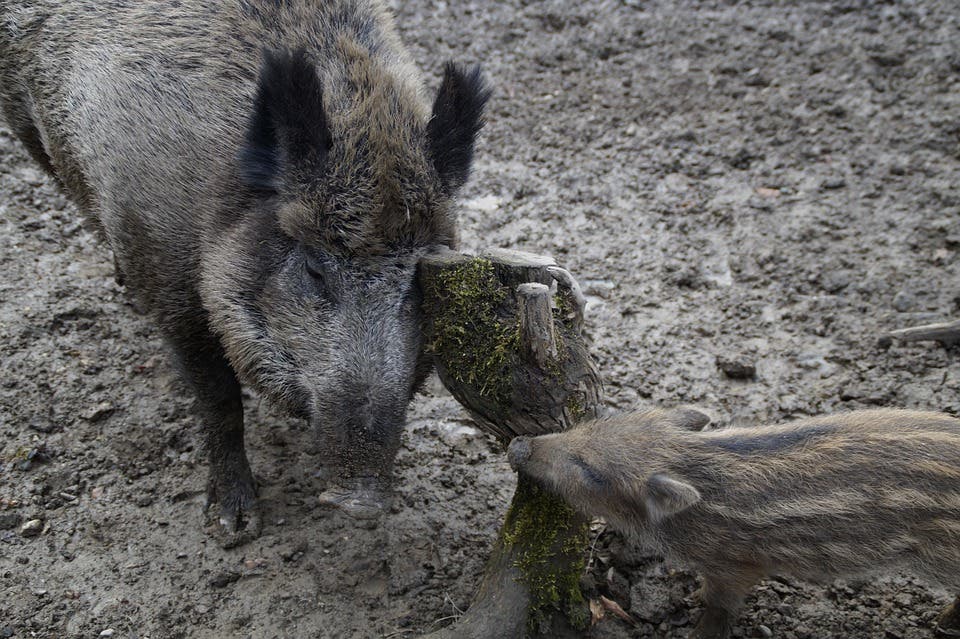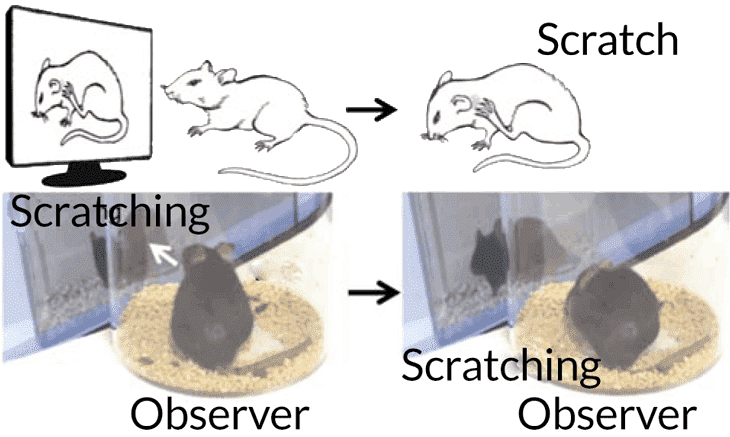A new study on itchy mice has revealed how this ‘socially contagious’ behavior spreads between individuals.

Yawning is widely touted as being a contagious behavior — if you see someone yawning, the theory goes, you’re much more likely to yawn yourself. Itching seems to be another type of contagious behavior, for men and mice alike.
Of itching mice and men
Neuroscientists Zhou-Feng Chen from the Washington University School of Medicine, St. Louis, has provided the first conclusive evidence of scratching behavior spreading from mouse to mouse. He also worked to explain how it spreads, potentially giving neuroscientists the tools they need to understand how contagious behaviors function in humans.
So how do you make a mouse itch? Well, you show him other mice scratching, of course! Chen and his team housed normal mice in view range to particularly itchy littermates or showed them videos of itchy mice mid-scratch. Shortly after witnessing scratching or seeing it on videos, the subject mice started scratching themselves.
“Within a few seconds, the mouse in the enclosure would start scratching, too,” Chen said. “This was very surprising because mice are known for their poor vision. They use smell and touch to explore areas, so we didn’t know whether a mouse would notice a video.”
“Not only did it see the video, it could tell that the mouse in the video was scratching.”
By comparison, mice housed with fellows who wouldn’t scratch or who were showed videos of non-itchy mice looked at them with the same frequency as the first group, but rarely scratched immediately afterward.
It’s all in the brain
The team wanted to know what happened in the brains of mice witnessing scratching behavior from their fellows to make it contagious. So they monitored the brains of the group shown scratching and found that several spots displayed increased activity. But one particular cluster of nerves, the suprachiasmatic nucleus (SCN) which controls circadian rhythms, was highly active after they witnessed the behavior. The SCN was observed release a substance in response to this stimulus known as gastrin-releasing peptide (GRP) — which Chen previously identified as a key transmitter of itch signals between the skin and the spinal cord.

Rats who had the genes governing GRP synthesis or that of its receptor molecule inactivated didn’t catch the scratching behavior — but still scratched when they had their skin lightly irritated by the researchers. Furthermore, a dose of GRP injected into the SCN regions of normal mice caused them to scratch, but a dose of plain saline solution injected in the same spot didn’t.
“It’s an innate behavior and an instinct,” Chen added.
“We’ve been able to show that a single chemical and a single receptor are all that’s necessary to mediate this particular behavior. The next time you scratch or yawn in response to someone else doing it, remember it’s really not a choice nor a psychological response; it’s hardwired into your brain.”
While socially contagious itching is also present in humans, it’s still unclear how the findings translate to us. Our brain also has an SCN region, roughly behind the eyes — but so far, there’s no documented link between the SCN and contagious itching. What we know of the area tells us it should respond to changes in light to regulate circadian rhythms — it’s what makes your jet lag go away after a while — but those are relatively simple stimuli compared to scratching, which is very complex and much more subtle than overall light level.
Still, Chen’s research helps to offer a course for future research into the issue of contagious behaviors.
The full paper “Molecular and neural basis of contagious itch behavior in mice” has been published in the journal Science.






